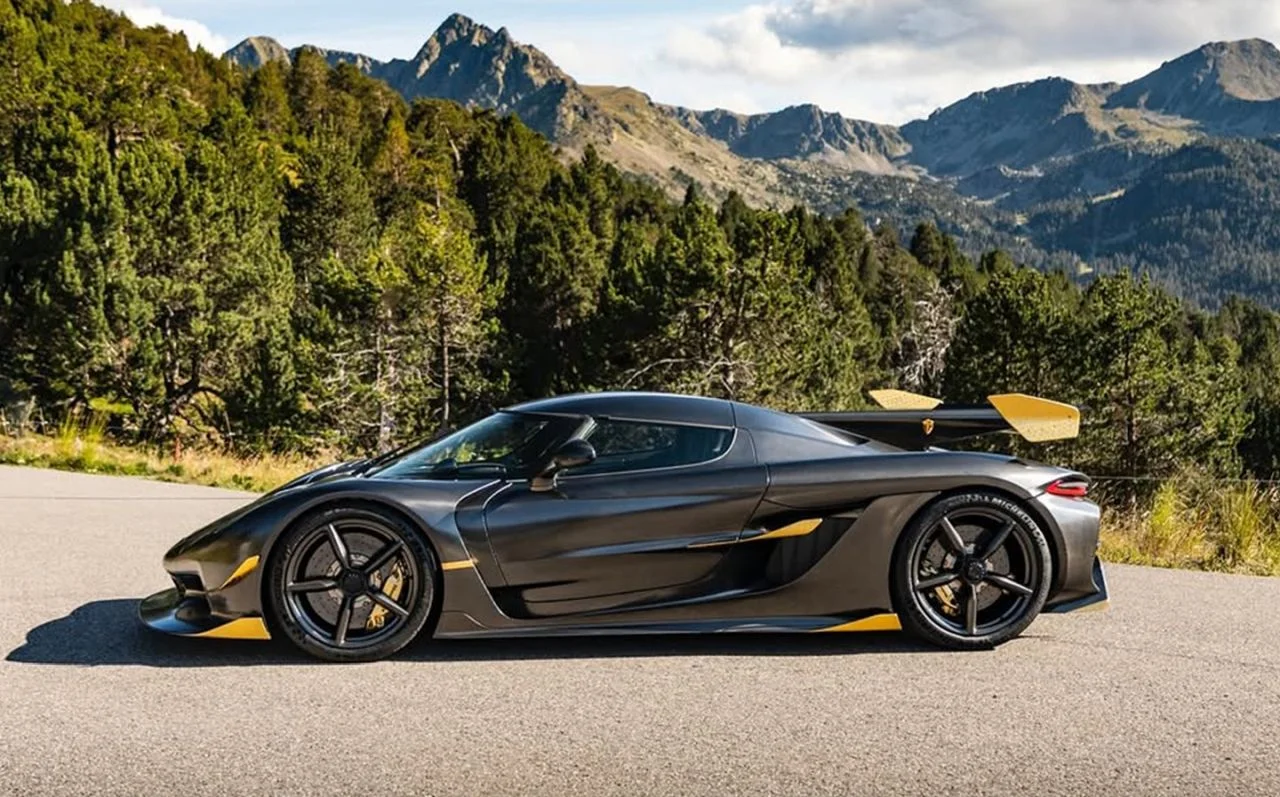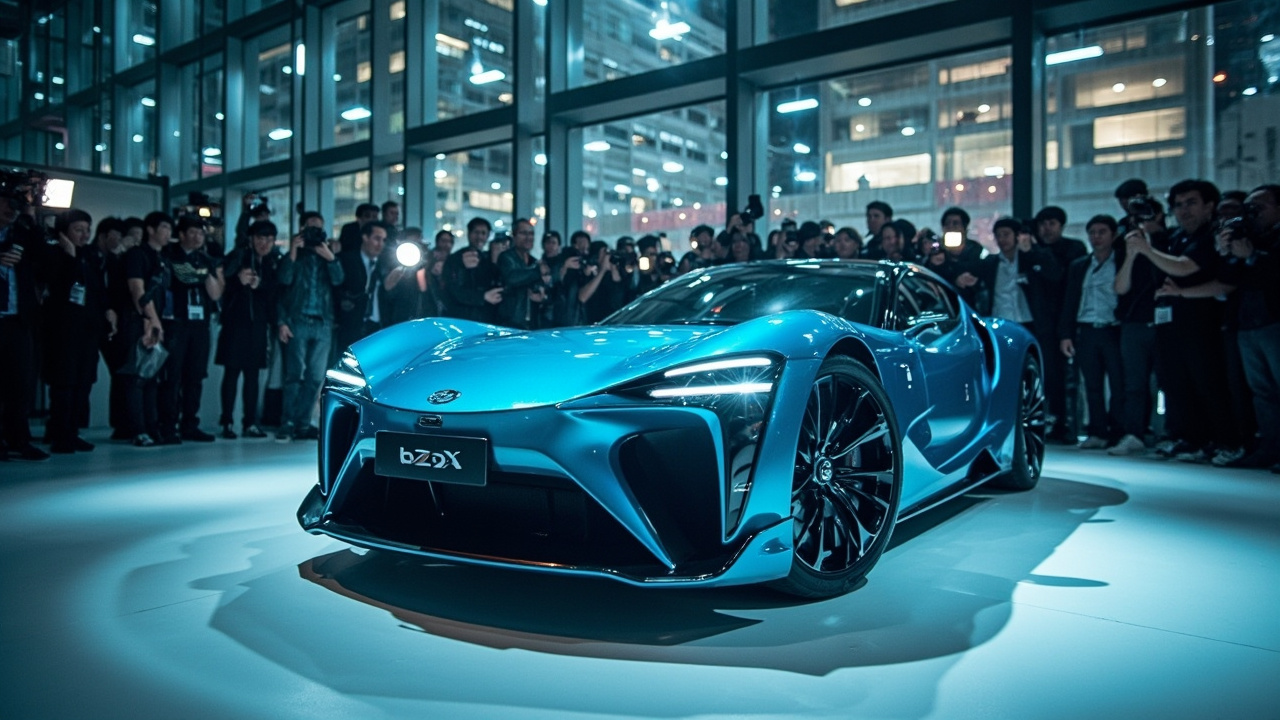Mazda's Vision Model: A New Era for Rotary-Engined Sedans?
Reports on manufacturing, labor and earnings with clear, practical context. Drives a Tesla Model 3 RWD; family hauler is a Volvo XC60.
Mazda has captured the automotive world's attention with its latest announcement of a concept four-door sedan, the 'Vision Model'. Scheduled to be unveiled at the Tokyo Auto Show later this month, this new vehicle has stirred excitement and speculation, particularly with rumors suggesting the return of Mazda's iconic rotary engine. The Vision Model promises not only to showcase innovative design but also to potentially revive a beloved piece of Mazda's engineering heritage.
The teaser images released by Mazda hint at a sleek and modern design for the Vision Model. Its silhouette suggests a four-door coupe-like structure, characterized by an elongated bonnet and flared rear wheel arches, which are reminiscent of classic sports sedans. The car's exterior design integrates Mazda's signature elements such as a prominent front grille, slim LED headlights, and a sculpted rear fascia with striking U-shaped LED taillights. The Vision Model is also shown to sport large, 5-spoke alloy wheels, adding a touch of sportiness to its elegant form. Such design cues not only enhance the visual appeal but also speak to Mazda's commitment to blending aesthetic beauty with functional engineering.
Beyond its visual allure, the Vision Model is generating buzz due to the possibility of being powered by a rotary engine. Mazda's rotary engines, despite their mechanical complexity, have garnered a cult following over the years, thanks to their unique performance characteristics and compact design. Speculation about the return of this engine type in a modern sedan has sparked a mix of nostalgia and curiosity among car enthusiasts. While Mazda has remained tight-lipped about the specifics, the inclusion of a rotary engine could signify Mazda's attempt to merge past innovations with future automotive trends. If true, this move would not only honor Mazda's engineering legacy but potentially set new benchmarks in sedan performance.
The Vision Model's debut comes at a time when the automotive industry is increasingly focused on sustainability and technological advancement. Mazda's exploration of the rotary engine in this context could indicate a hybrid approach, where traditional internal combustion is paired with electric powertrains to enhance efficiency and reduce emissions. Such innovations align with global trends towards more eco-friendly vehicles, and Mazda's potential application of rotary technology could offer a unique solution in this evolving landscape. The concept car's unveiling at the Tokyo Auto Show will likely provide a platform for Mazda to demonstrate how it plans to balance style, performance, and environmental responsibility in its future models.
As anticipation builds for the Tokyo Auto Show, the Vision Model represents a significant moment for Mazda and automotive enthusiasts alike. The concept not only highlights Mazda's design prowess but also poses intriguing questions about the future of sedan engineering. Will the rotary engine make a comeback in a new, environmentally-conscious avatar? Can Mazda redefine the sedan market with a blend of tradition and innovation? These questions will hopefully find answers as the Vision Model steps into the spotlight, potentially heralding a new chapter in Mazda's storied history.
About Priya Nair
Reports on manufacturing, labor and earnings with clear, practical context. Drives a Tesla Model 3 RWD; family hauler is a Volvo XC60.



